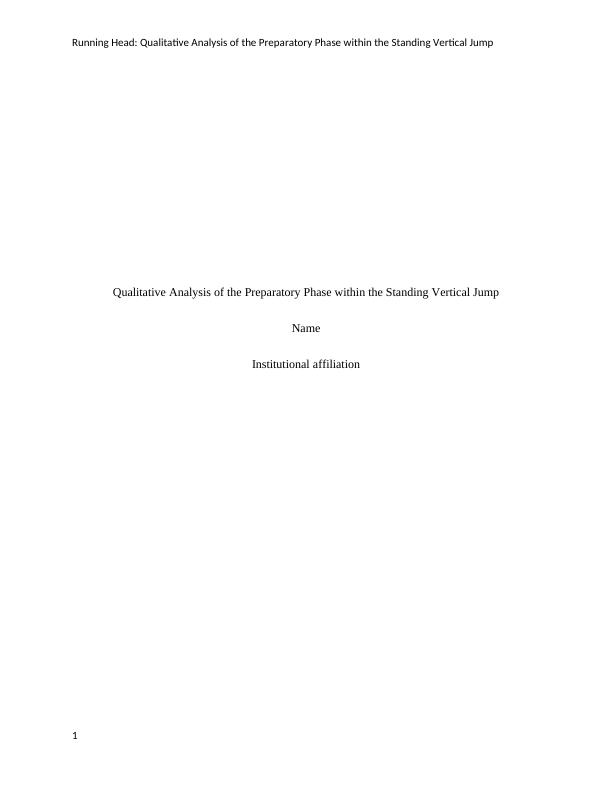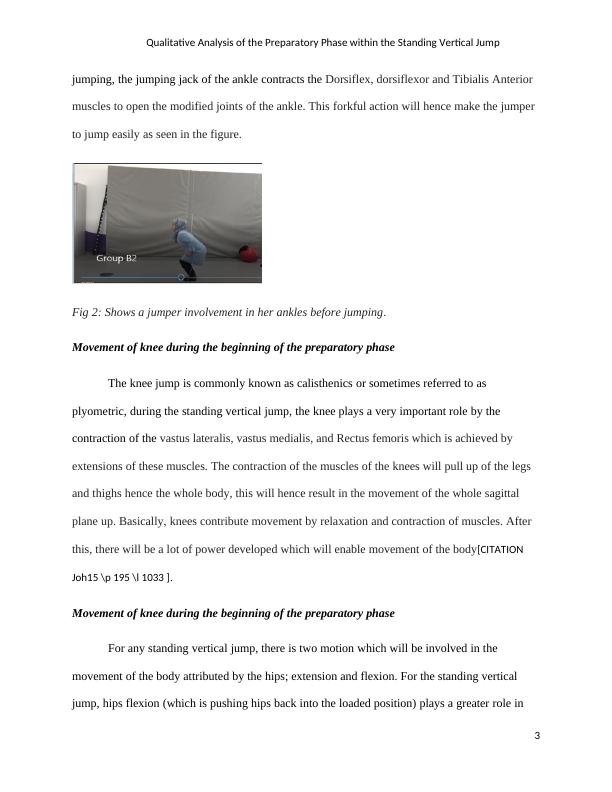Ask a question from expert
Qualitative Analysis of the Preparatory Phase within the Standing Vertical Jump
7 Pages1075 Words1043 Views
Added on 2019-11-26
Qualitative Analysis of the Preparatory Phase within the Standing Vertical Jump
Added on 2019-11-26
BookmarkShareRelated Documents
End of preview
Want to access all the pages? Upload your documents or become a member.
Biomechanics Assignment- Answers
|6
|977
|302
Movement Analysis assignment
|12
|2202
|337
Cycling: Muscles Used, Motions Involved, and Functional Implications
|7
|776
|491
The Difference Between Countermovement and Squat Jump Performances
|5
|1028
|70
Training of Athletes for Long Jump: Needs Analysis, Fitness Assessment, and 1-Week Training Plan
|14
|2925
|317
Understanding the Gait Cycle: Stance in Walking
|4
|1802
|56


